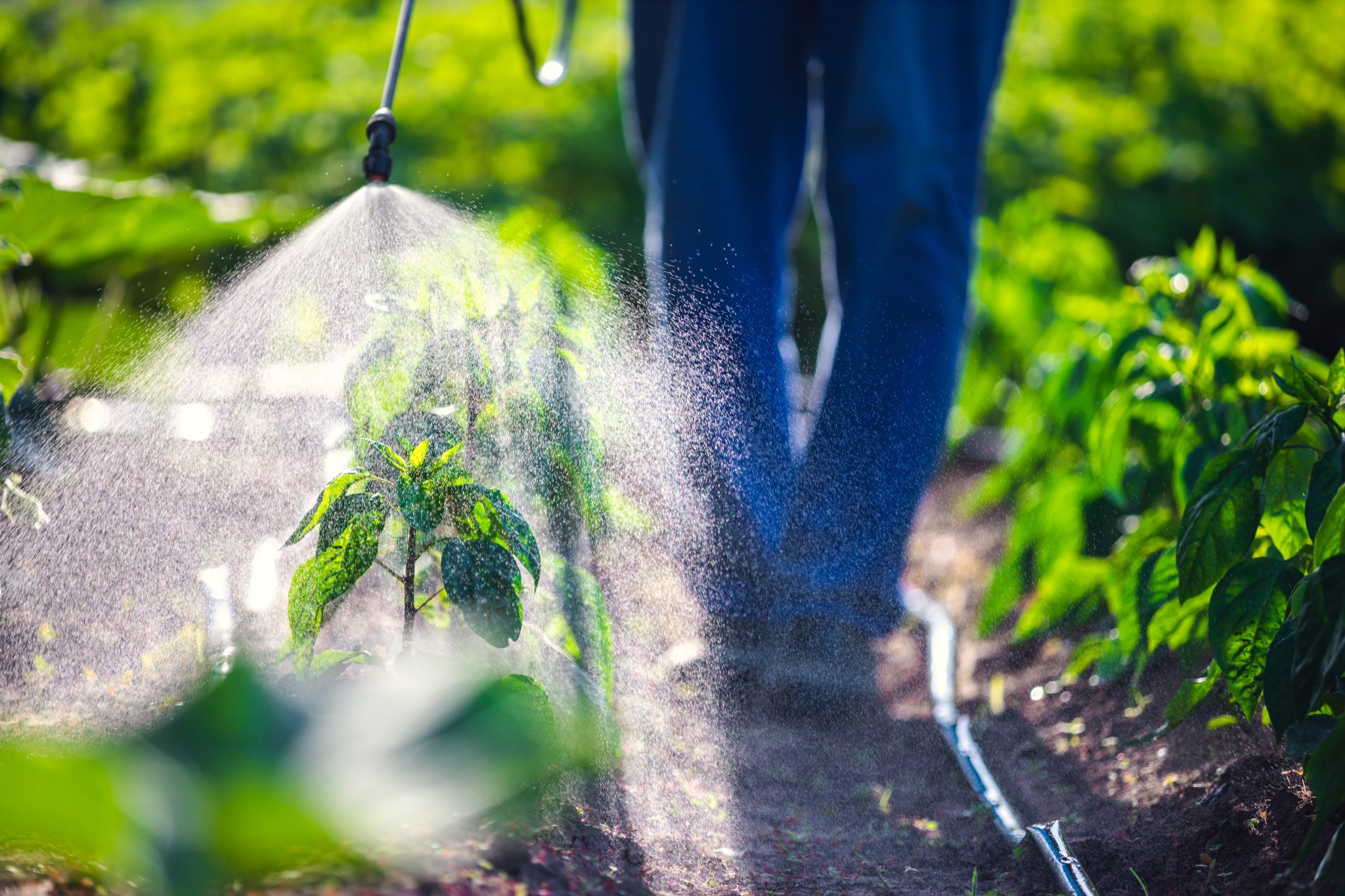Lawn & Garden

*This is an excerpt from The Alabama Vegetable Gardener, ANR-0479.
Partial List Of Organic Insecticides For The Vegetable Garden
| Active Ingredient | Some Trade Names | Insects Controlled | Hints for Use |
|---|---|---|---|
| Bacillus thuringiensis (B.t.) | Variety kurstaki:Dipel, Thuricide, M-Peril, Biobit, Bactospeine, Caterpillar Attack | Many caterpillar species including armyworms, loopers, cabbageworms | Insects must eat material, so good spray coverage is essential. More effective against small than large larvae. Do not apply during cool weather. |
| Bacillus thuringiensis (B.t.) | Variety tenebrionis or san diego: M-One, M-Trak, Novodor, Foil, Trident | Controls only Colorado potato beetle larvae | See above. |
Insecticidal soaps | Safer Insecticidal Soap, M-Pede, Safer Insect Killer | Soft-bodied insects such as aphids, whiteflies, mealybugs, mites | Frequent sprays may be necessary. Direct spray to insects on leaf undersides. High concentrations may burn plants (test a few before spraying the entire garden). |
Pyrethrins | Butacide and Pyrenone Crop Spray are mixed with a synergist (PBO) to increase activity. | A wide range of insects including caterpillars, beetles, and true bugs | Acts on contact causing “quick knockdown.” Formulations with piperonyl butoxide and rotenone improve control. Do not mix with insecticidal soaps. |
| Spinosad | Bonide Spinosad Spray Monterey Garden Insect Spray | Caterpillars, thrips, leaf miners, Colorado potato beetle, and others | Good spray coverage essential. Must be eaten by insect. Avoid spraying when bees are active. Highly toxic to bees. |
For more information, see other excerpts from The Alabama Vegetable Gardener, ANR-0479.
Kerry Smith, Extension Home Horticulture Associate; Ayanava Majumdar, Extension Entomologist; Charles Mitchell, Extension Agronomist, Professor, Agronomy and Soils; John Everest, Visiting Professor, Agronomy and Soils; Edward Sikora, Extension Plant Pathologist, Professor, Entomology and Plant Pathology; Joseph Kemble, Extension Specialist, Professor, Horticulture; all with Auburn University; and Rufina Ward, Research Entomologist, Natural Resources and Environmental Sciences, Alabama A&M University.
Reviewed October 2021, The Alabama Vegetable Gardener, ANR-0479

